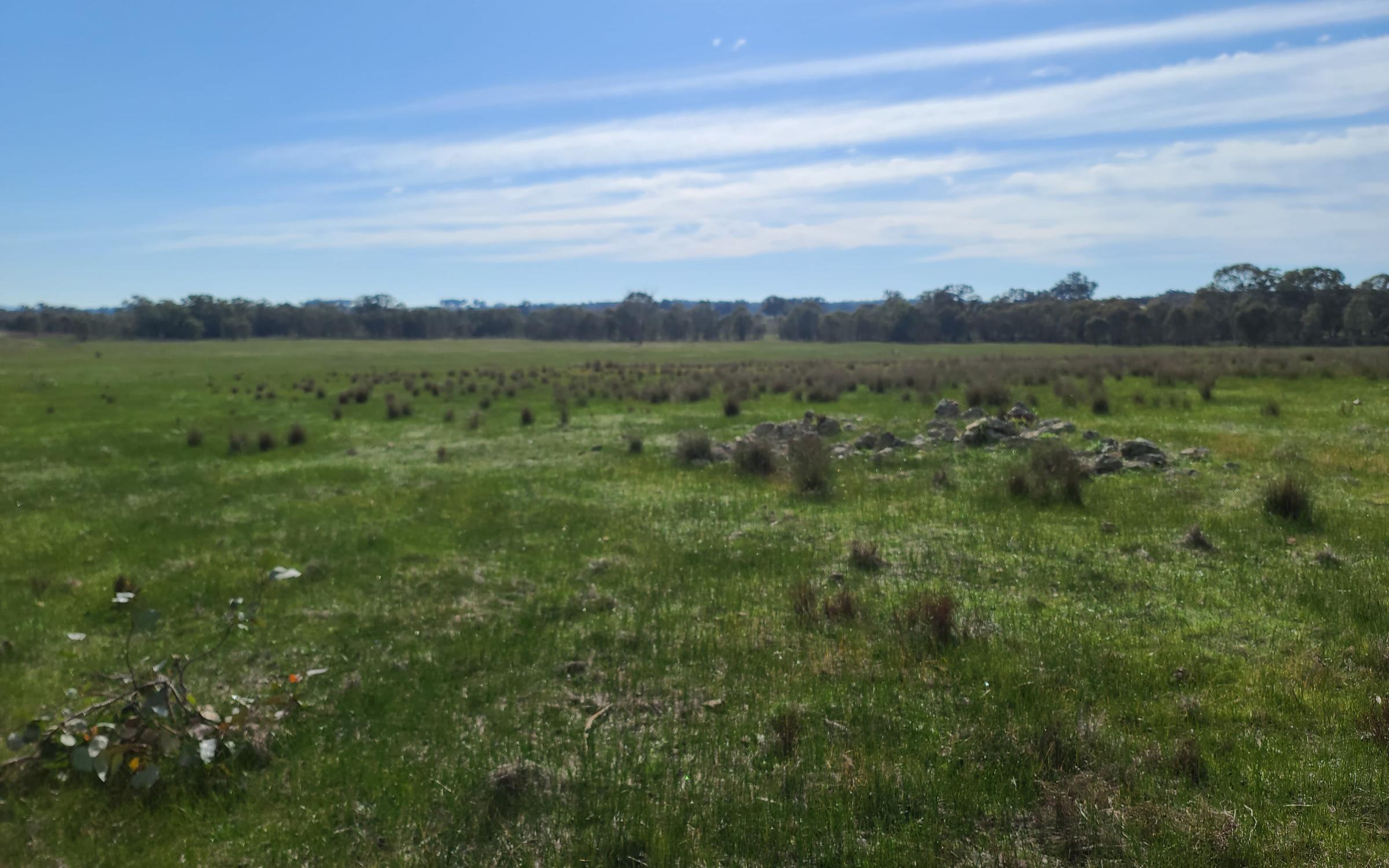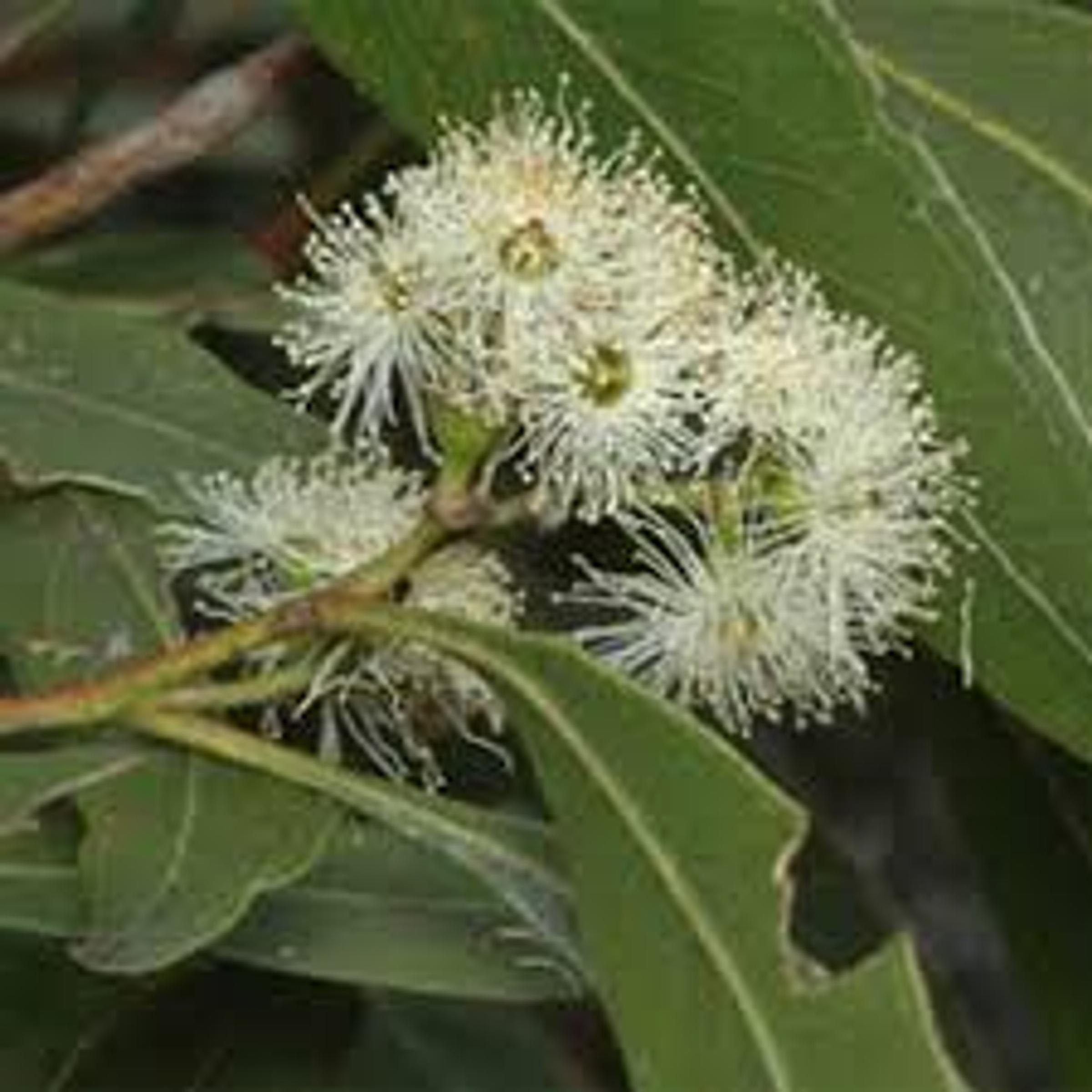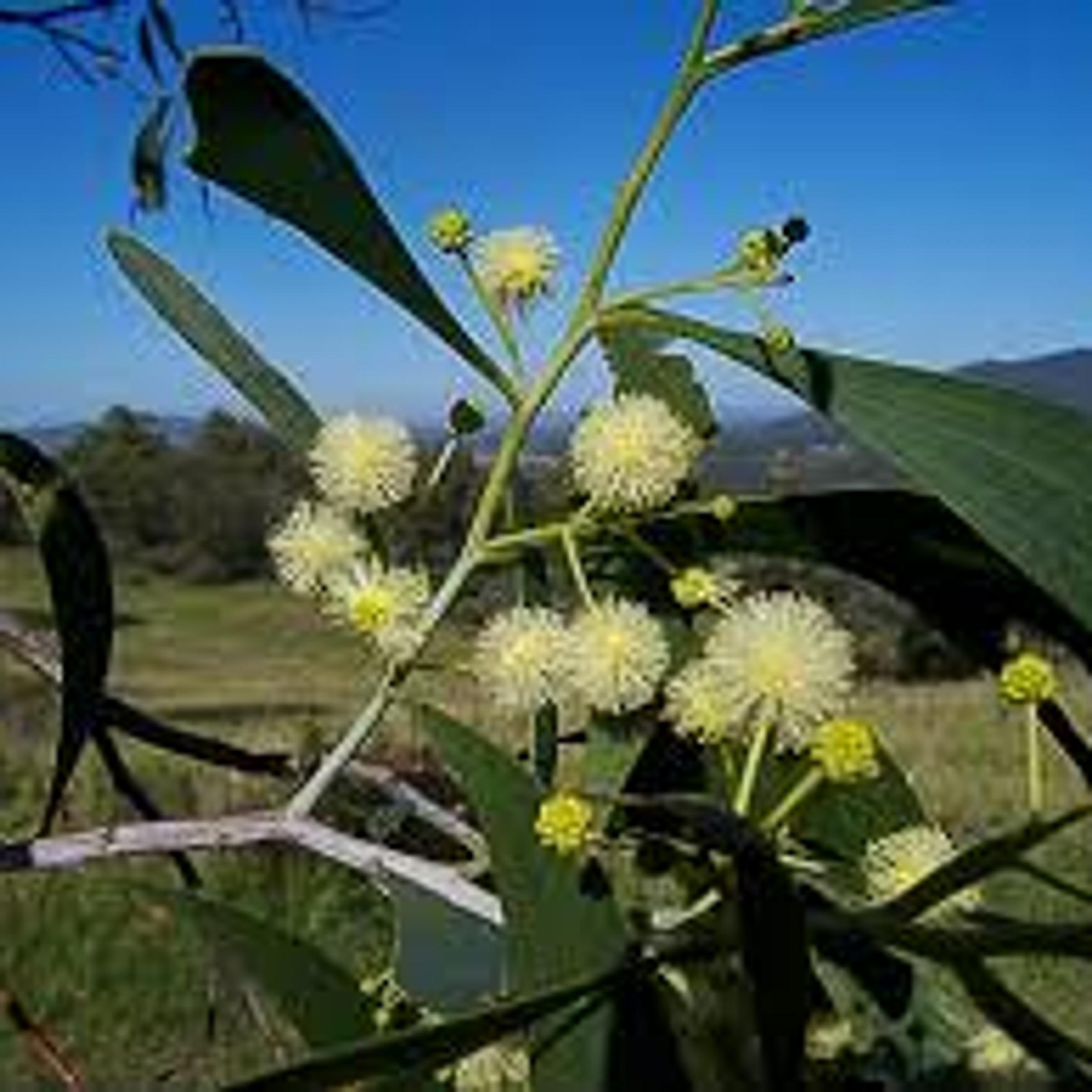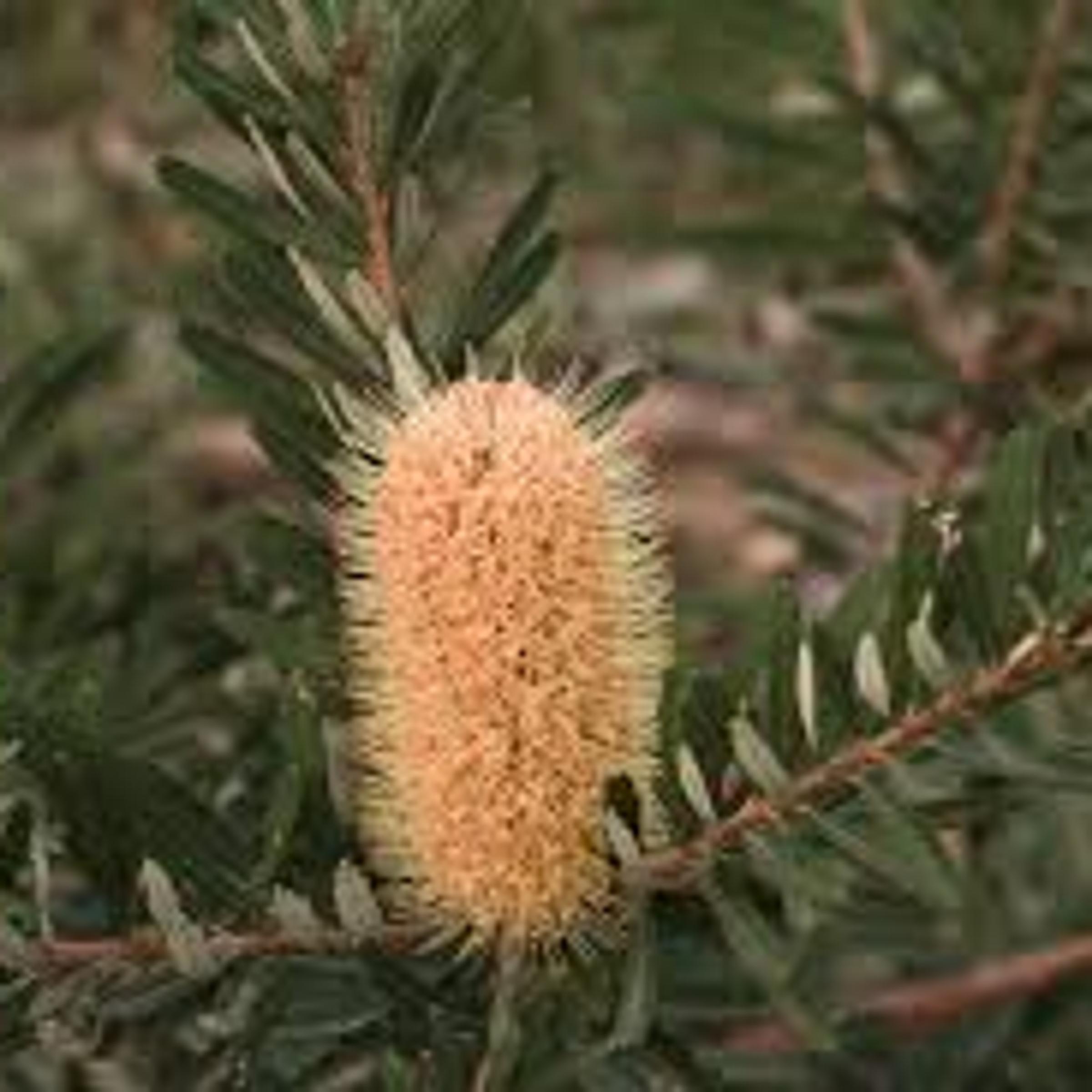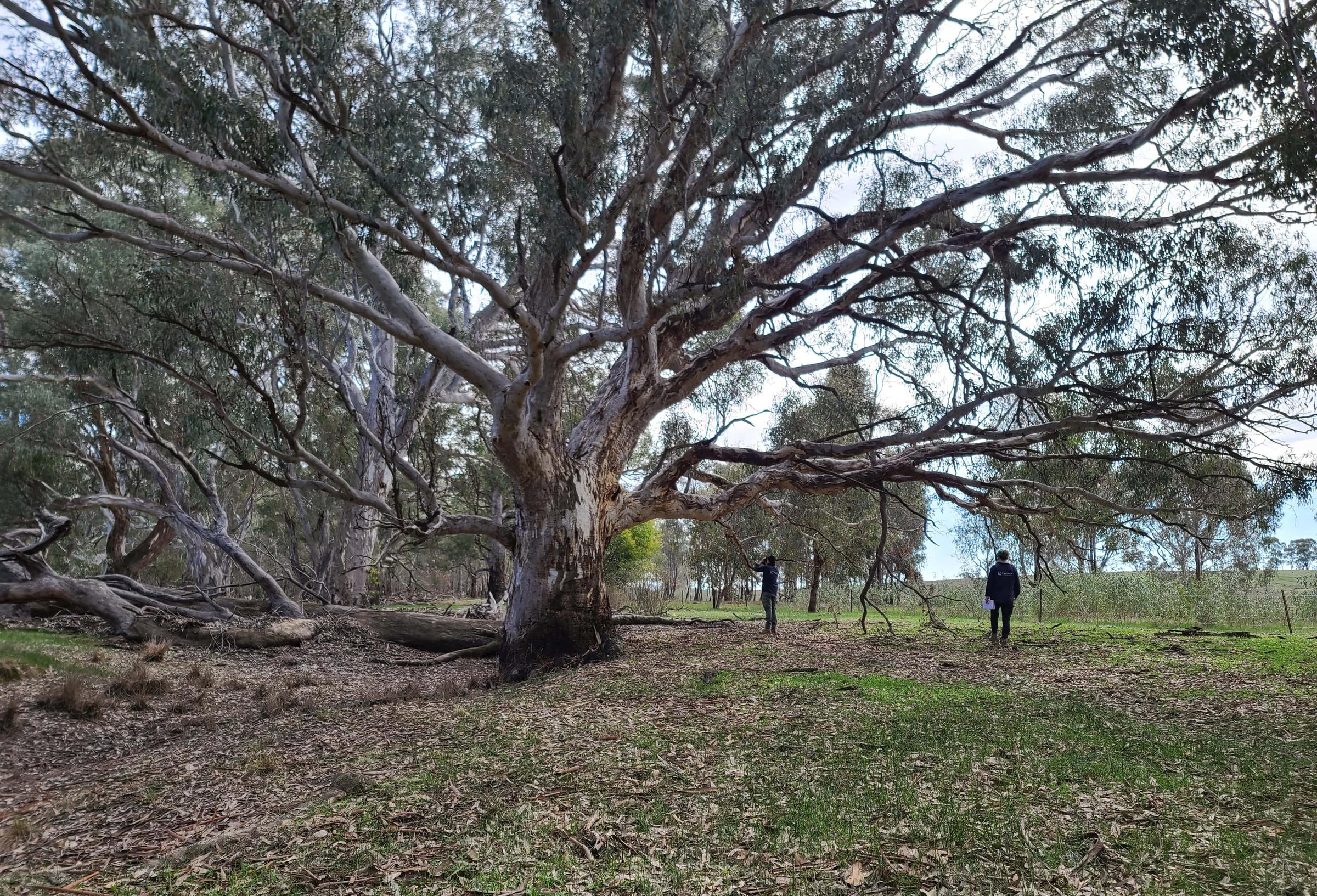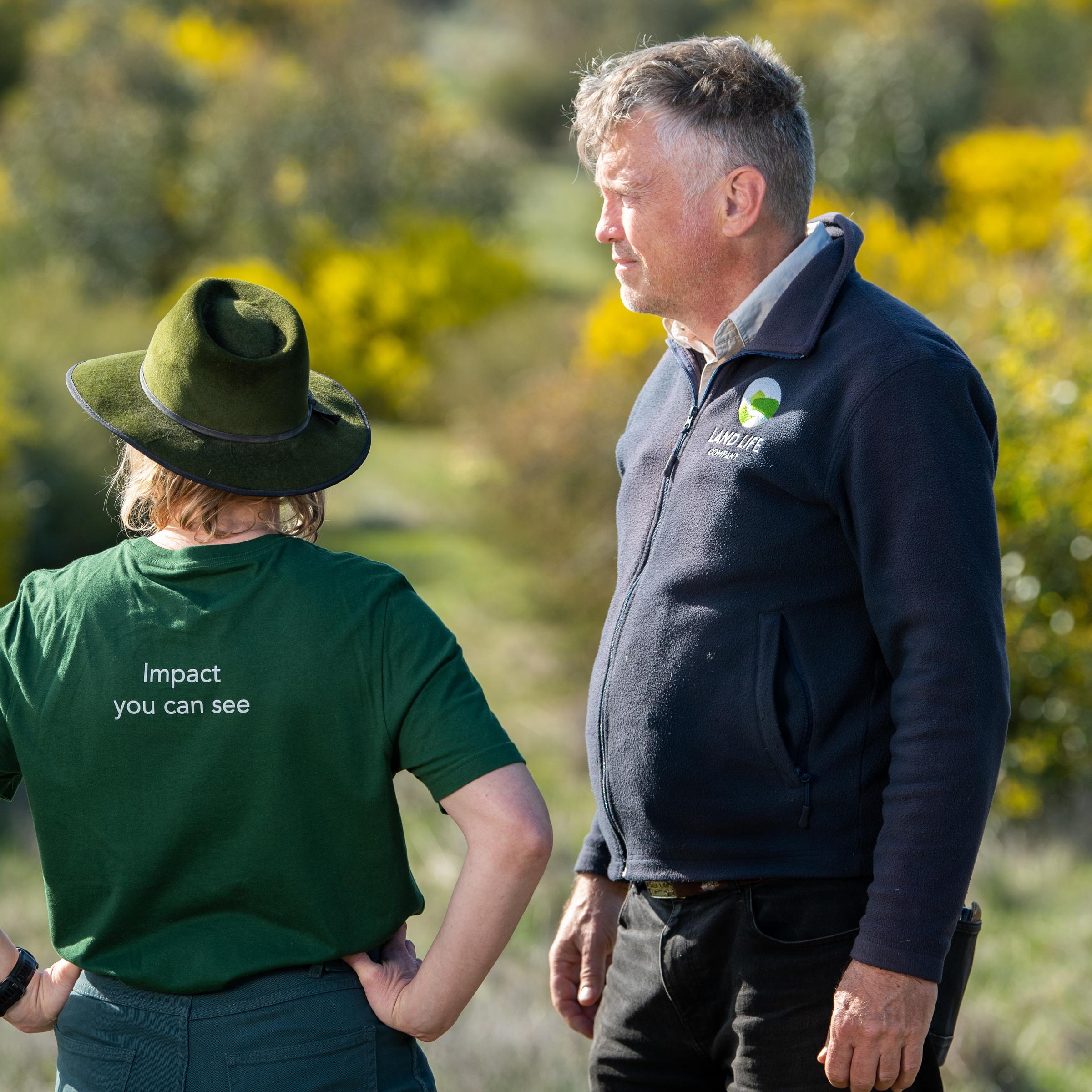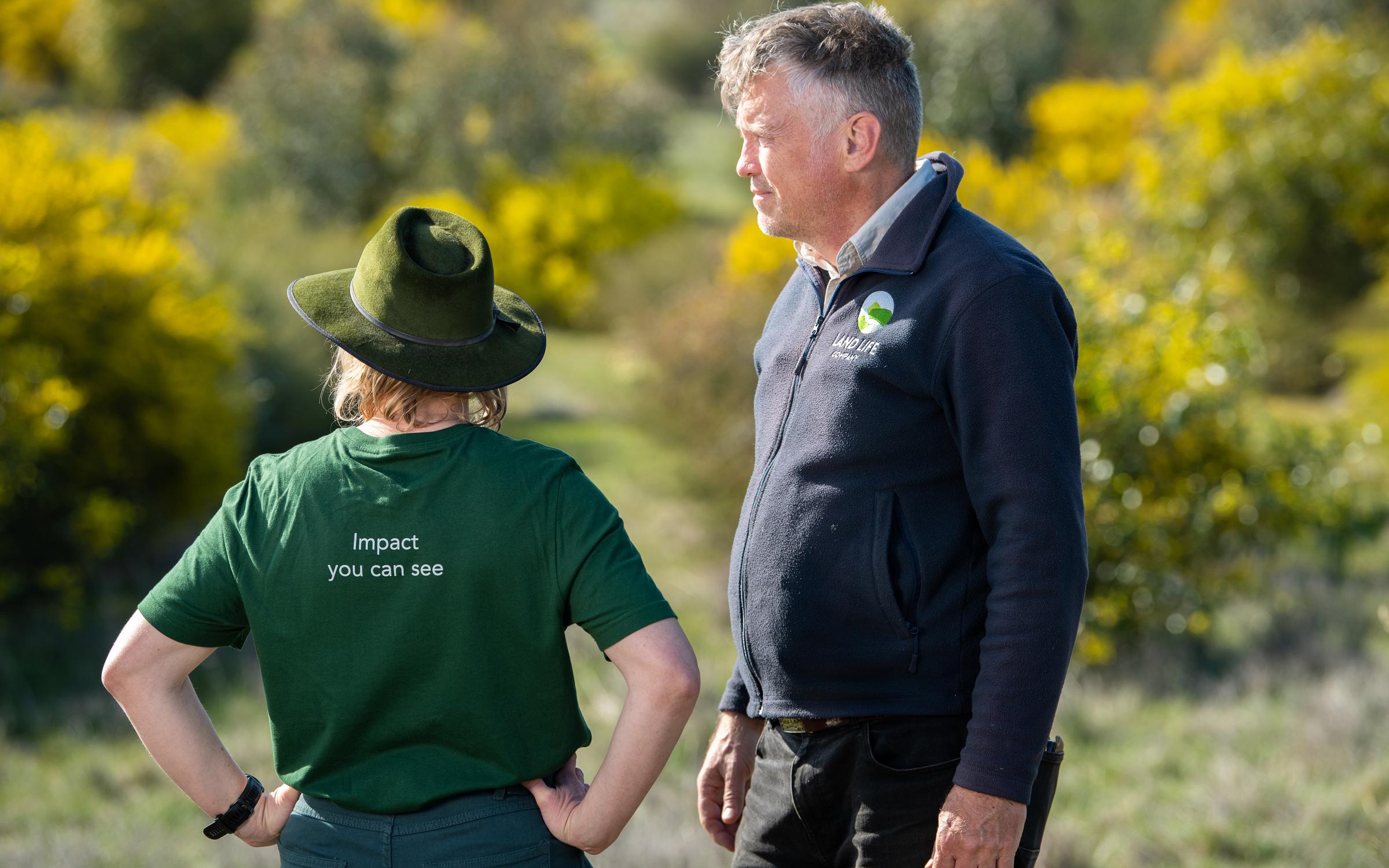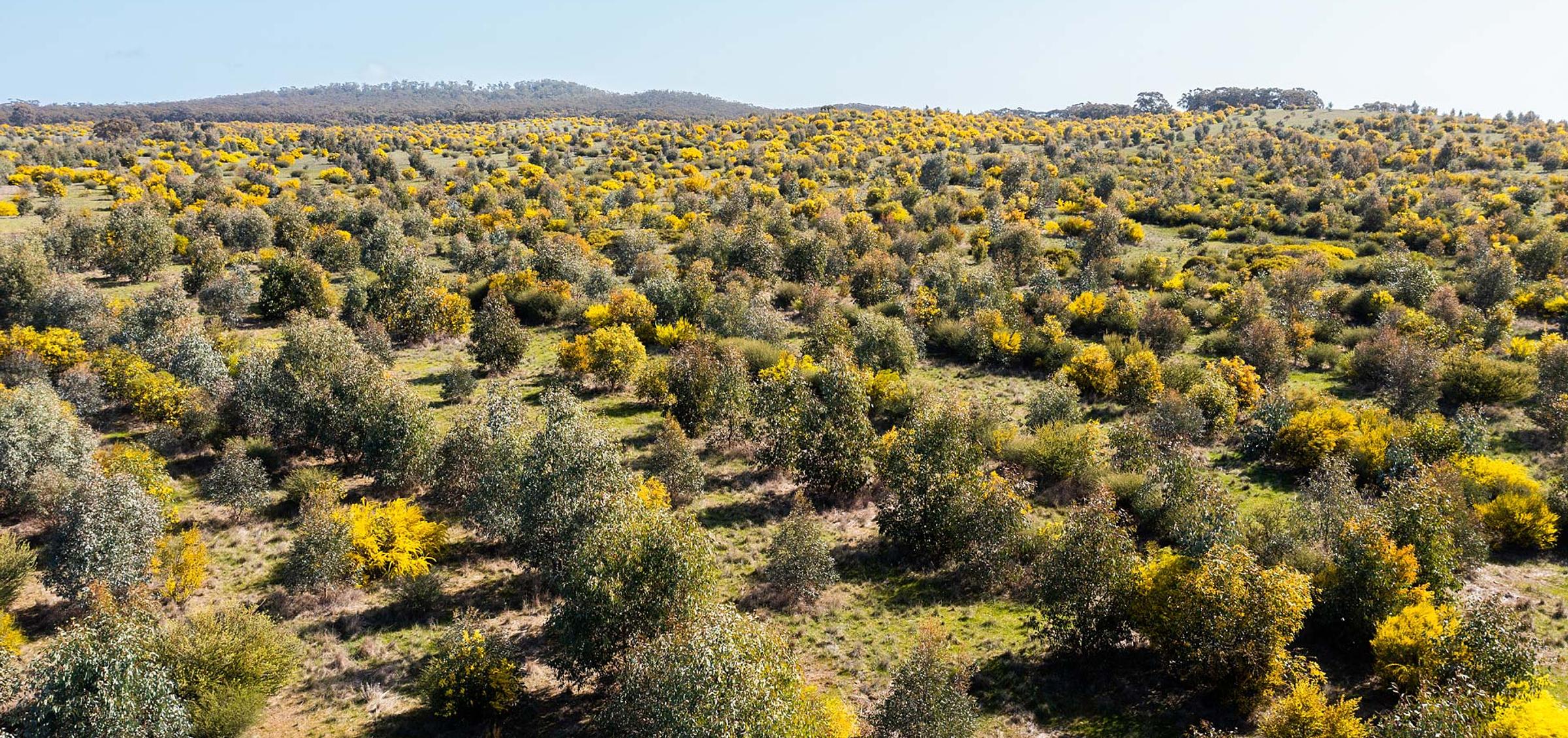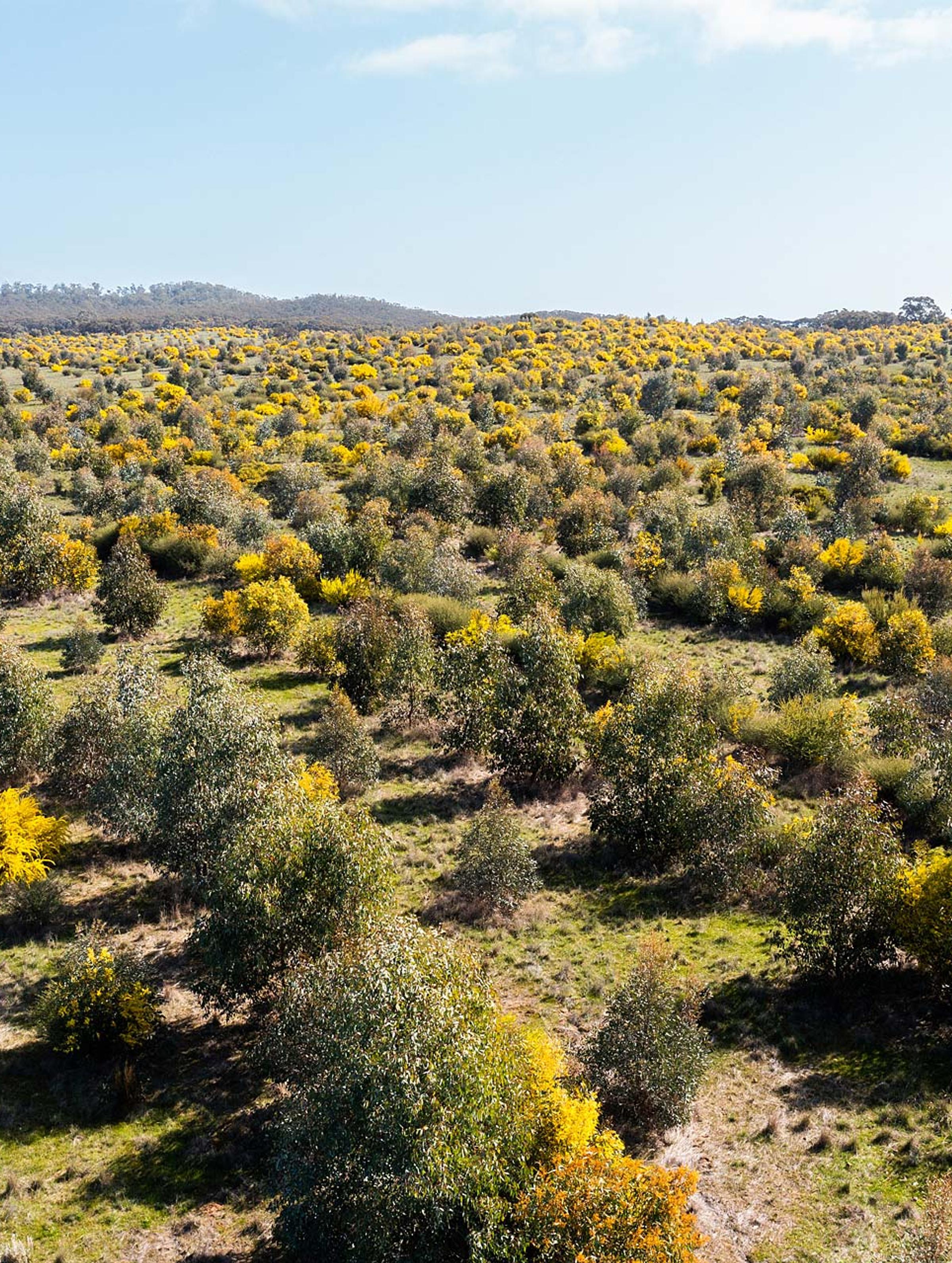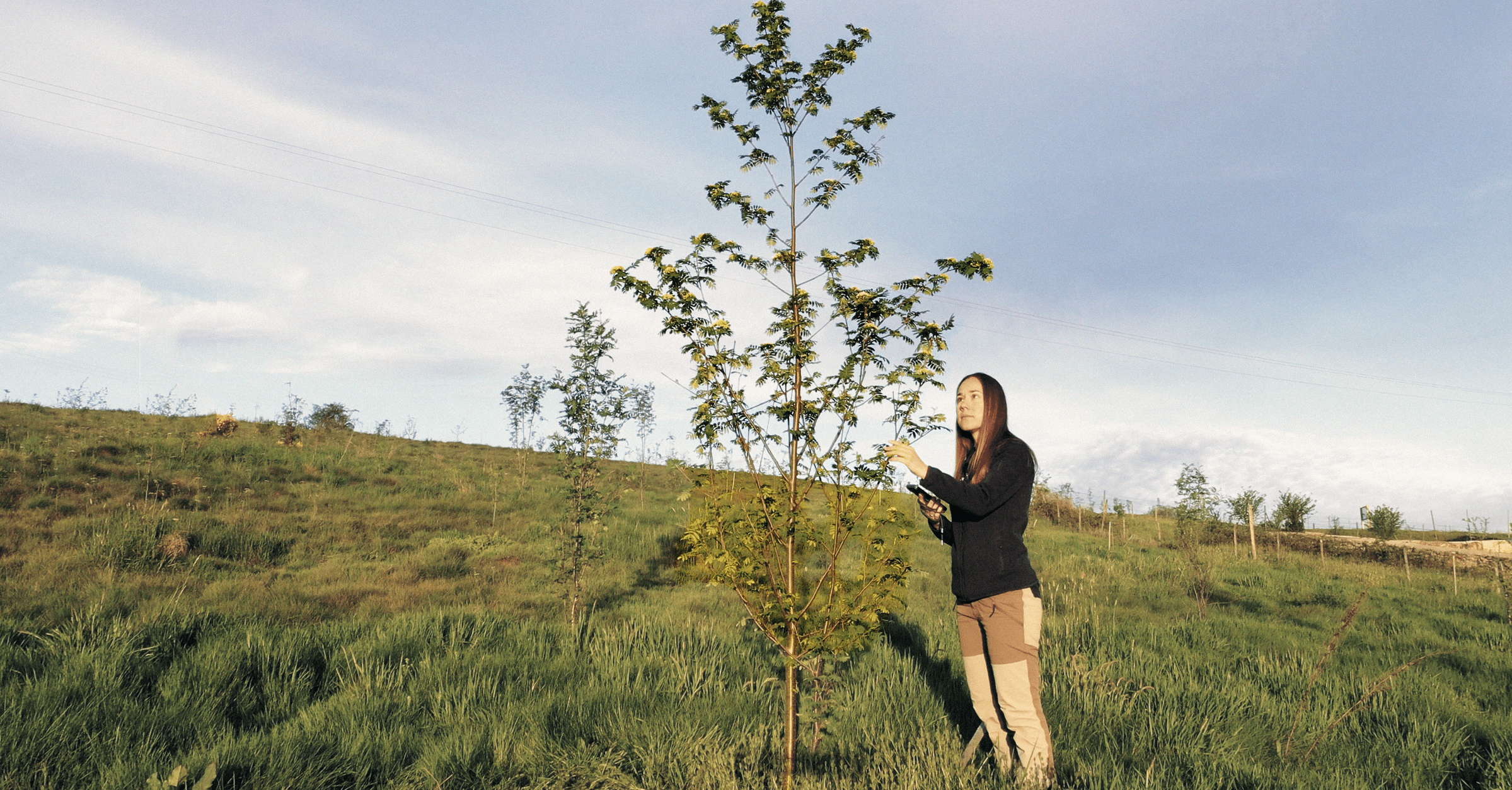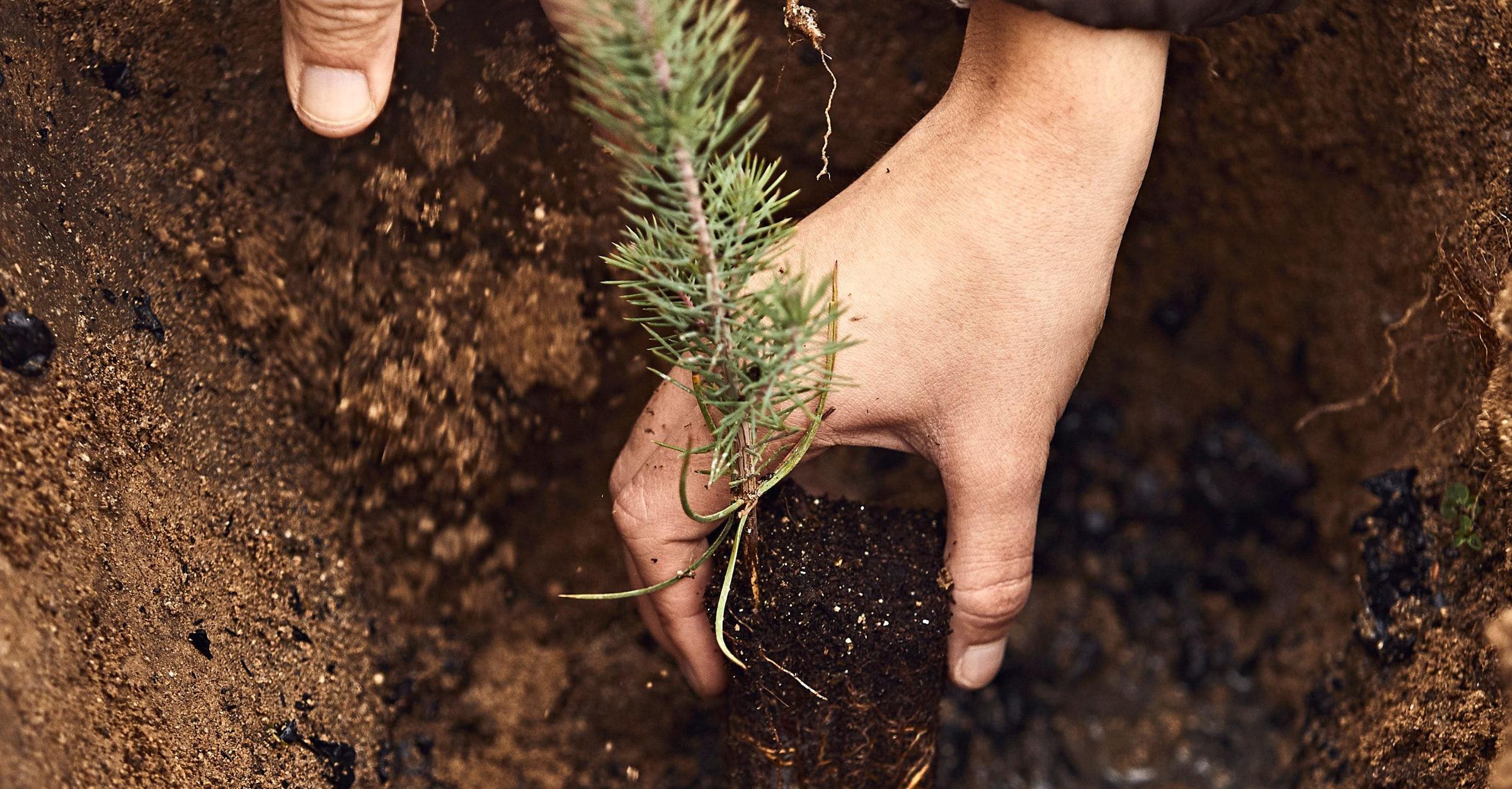Earlston Australia Restoration Project
About our Earlston nature restoration project in Victoria, Australia
Ecological Vegetation Class: Alluvial Terraces Herb-rich Woodland /Creekline Grassy Woodland, Grassy Woodland, Box Ironbark Forest
Bioregion: Northern Inland Slopes
Our 'Earlston' property in North Central Victoria is located on the edge of the Longwood Plain. This is a highly fertile plain of alluvial soils derived from the lower slopes of the Strathbogie Ranges and, behind those, the Victorian Alps.
The area was mainly cleared for sheep grazing in the 1880's, with cattle and some crops added later in the 20th century. Even hungrier crops are presently being grown nearby, such as corn, indicating a higher fertility in these plains compared to surrounding districts.
Acknowledgement of Country
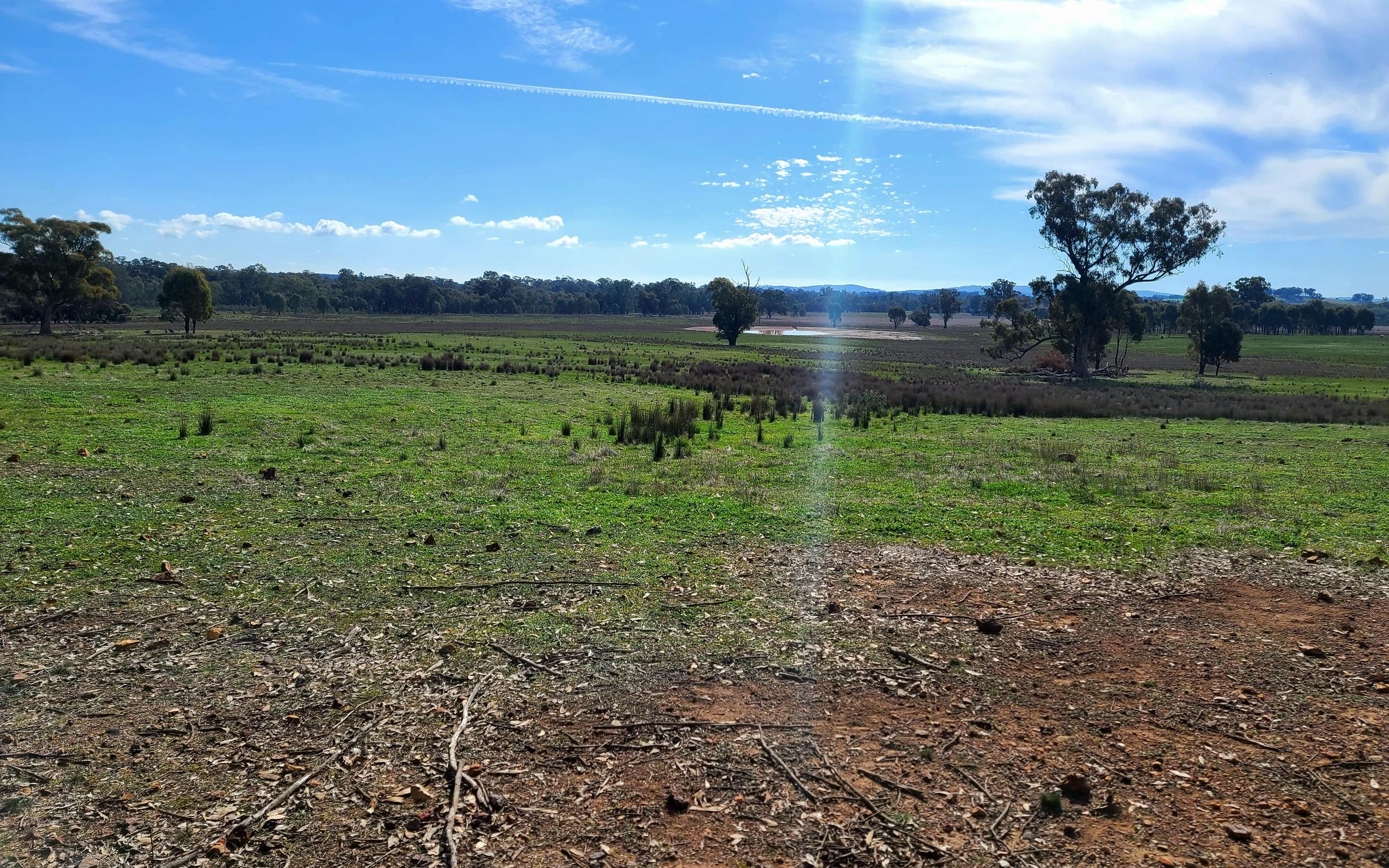
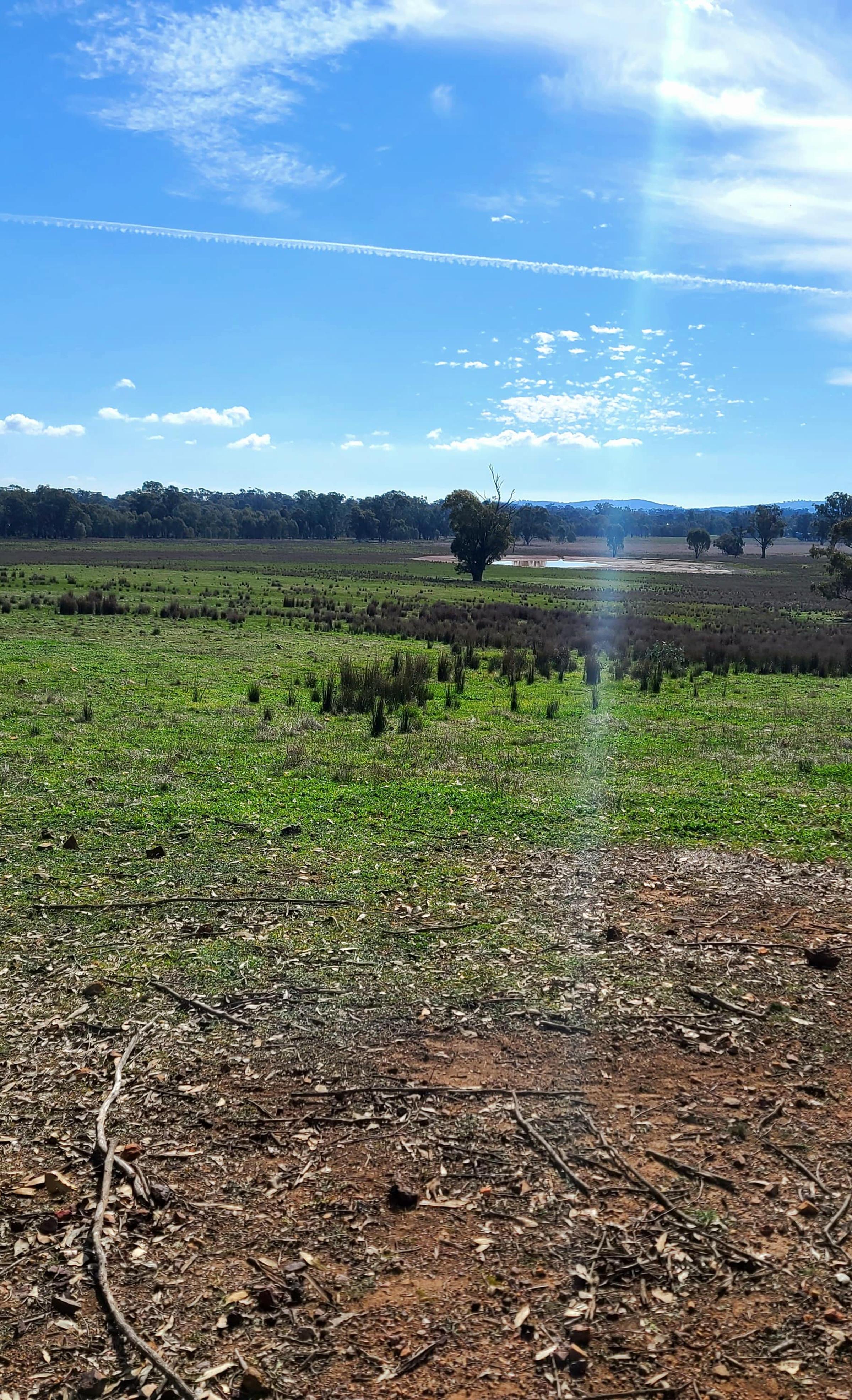
Site objective
Carbon sequestration: 33,000 tCO2 / 40yrs
Methodology: Registration and validation of our ARR projects under VERRA's Verified Carbon Standard (VCS program)
The Earlston site once had massive Grey Box Eucalypt trees that took several people hand in hand to circle. Some of these trees can still be seen on never-cleared roadsides in the district. These are the benchmarks of what we want to restore on Earlston.
Large trees or VLOTs (Very Large Old Trees) as they are officially known, are very rare these days, with far-reaching consequences for the fauna species that depend on tree hollows to nest, breed and shelter. Typically, hollows large enough for Powerful Owls take a few hundred years to form.
These large old trees are also much more prolific nectar producers when compared to the smaller trees now dominating the landscape. This is critical, as nectar forms the basis of the food chain in this ecosystem. With a compromised level of nectar production, the whole system goes backwards.
Of course large Grey Box trees are also absolute carbon champions, with tonnes and tonnes of carbon stored in each square meter of solid, heavy and dense hardwood timber. In fact, they are marked by some as "the best firewood in the world", indicating how much energy is stored in those stems.
In addition to returning Grey Box to the site, the project aims to provide additional, biodiverse, and lasting carbon storage in the other newly planted woodland trees and shrubs, as well as in the soil.
As our restoration project matures, we anticipate an increase in canopy cover, which will provide shade, lower ground temperatures, and create favorable conditions for various species. Soil health will also improve, with more active soil life enhancing nutrient cycling and supporting healthier plant growth.
Find out more about Land Life's carbon removal restoration solution.
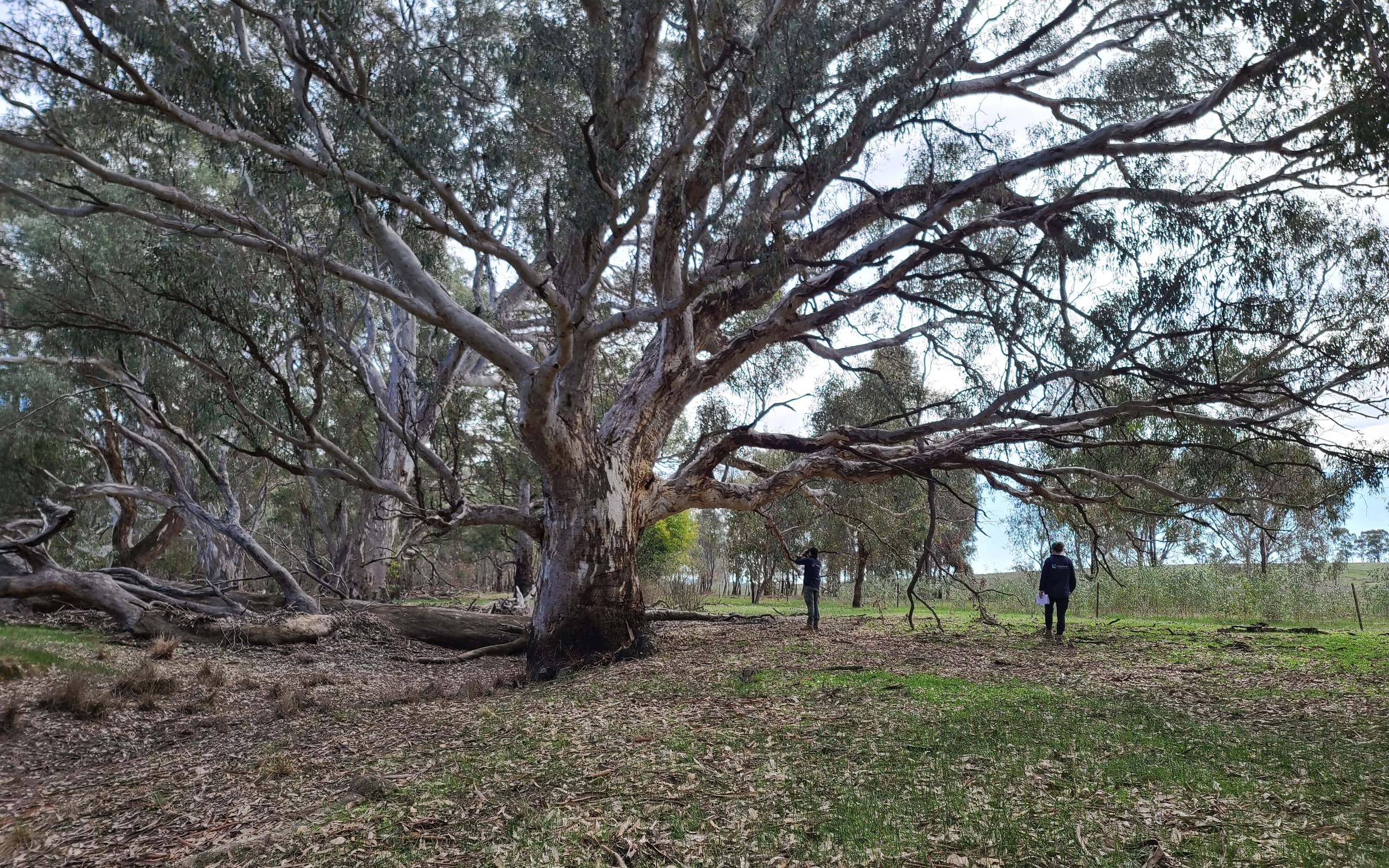
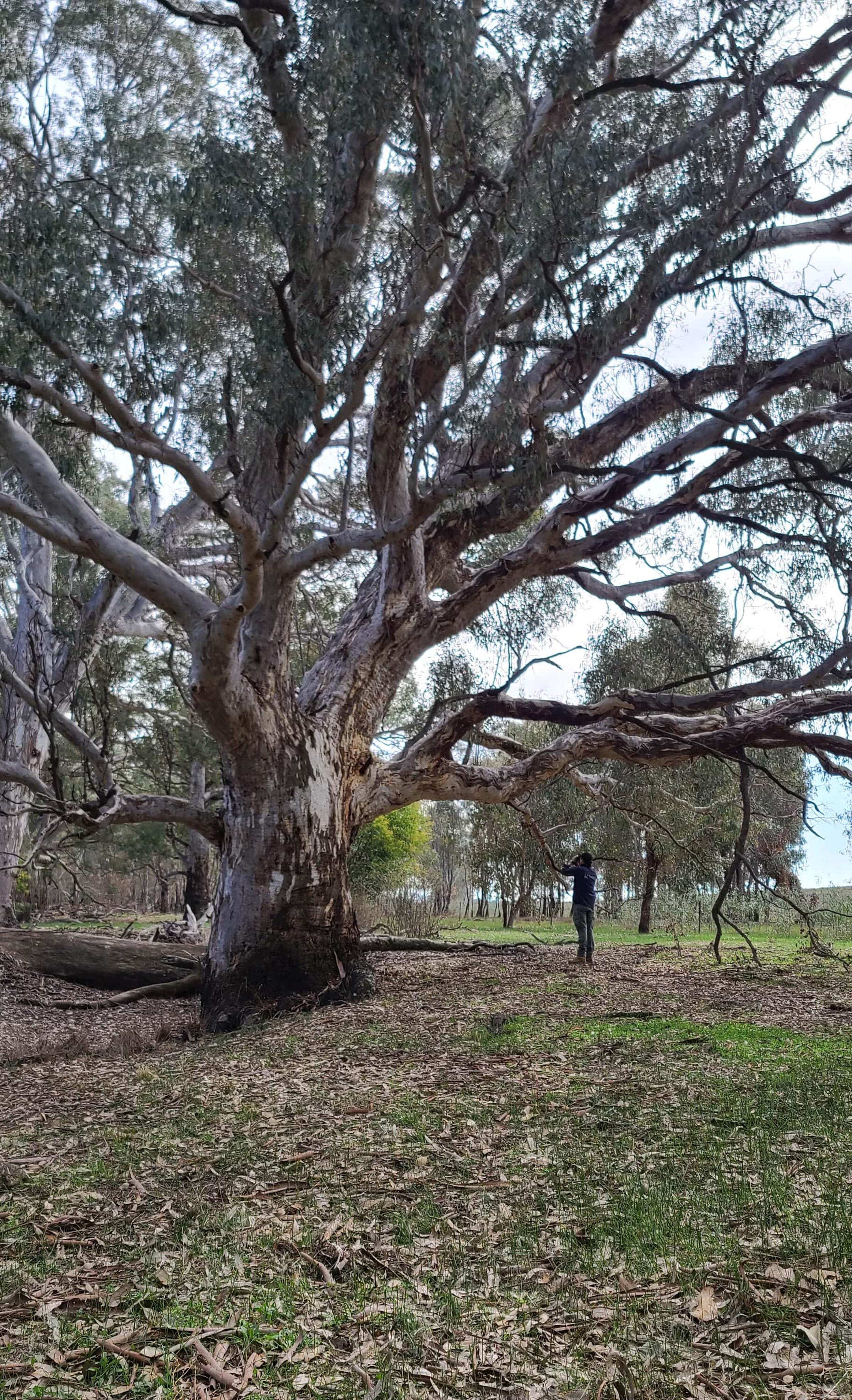
About the restoration
The 125 hectare Earlston nature restoration project is due to be planted in Australia's 2025 planting season. This follows site preparation including feral animal and pest control.
A total of 21 native species, consisting of 12,700 seedlings and 69kg of native seed, will be planted using a combined method of hand planting and direct seeding.
This project is funded by the Victorian Government’s $77 million BushBank Program and Land Life. The BushBank program is restoring more than 20,000 hectares of land across Victoria to create healthy wildlife habitat and capture carbon. Land Life's restoration partner Cassinia Environmental is the lead delivery partner for BushBank.
Project highlights
Biodiversity gains
The Earlston site is one of the last strongholds in Victoria for two rapidly declining bird species, the vulnerable Grey-crowned Babbler (Pomatostomus temporalis) and critically endangered Bush-stone Curlew (Burhinus grallarius).
There are several neighboring properties with very recent sightings of both species, so Land Life is confident both will be seen using our new plants and shrubs fairly quickly after establishment.
An on-title conservation agreement with Trust for NatureOpens in a new tab.. will ensure in-perpetuity conservation management and protection of the biodiversity across the property.

The Grey-crowned Babbler is after the insects attracted to the nectar in our young trees, while the Bush-stone Curlew uses the mottled effect of our plantings to hide amongst.
The local area also provides habitat for threatened species such as the vulnerable Squirrel Glider (Petaurus norfolcensis) and Bearded Dragon (Pogona barbata), Hooded Robin (Melanodryas cucullata), Diamond Firetail (Stagonopleura guttata), Brush-tailed Phascogale (Phascogale tapoatafa), and the endangered Bent-leaf Wattle (Acacia flexifolia).
We are really excited about this new Land Life restoration project that will deliver awe-inspiring stories well into the future.
The future is nature
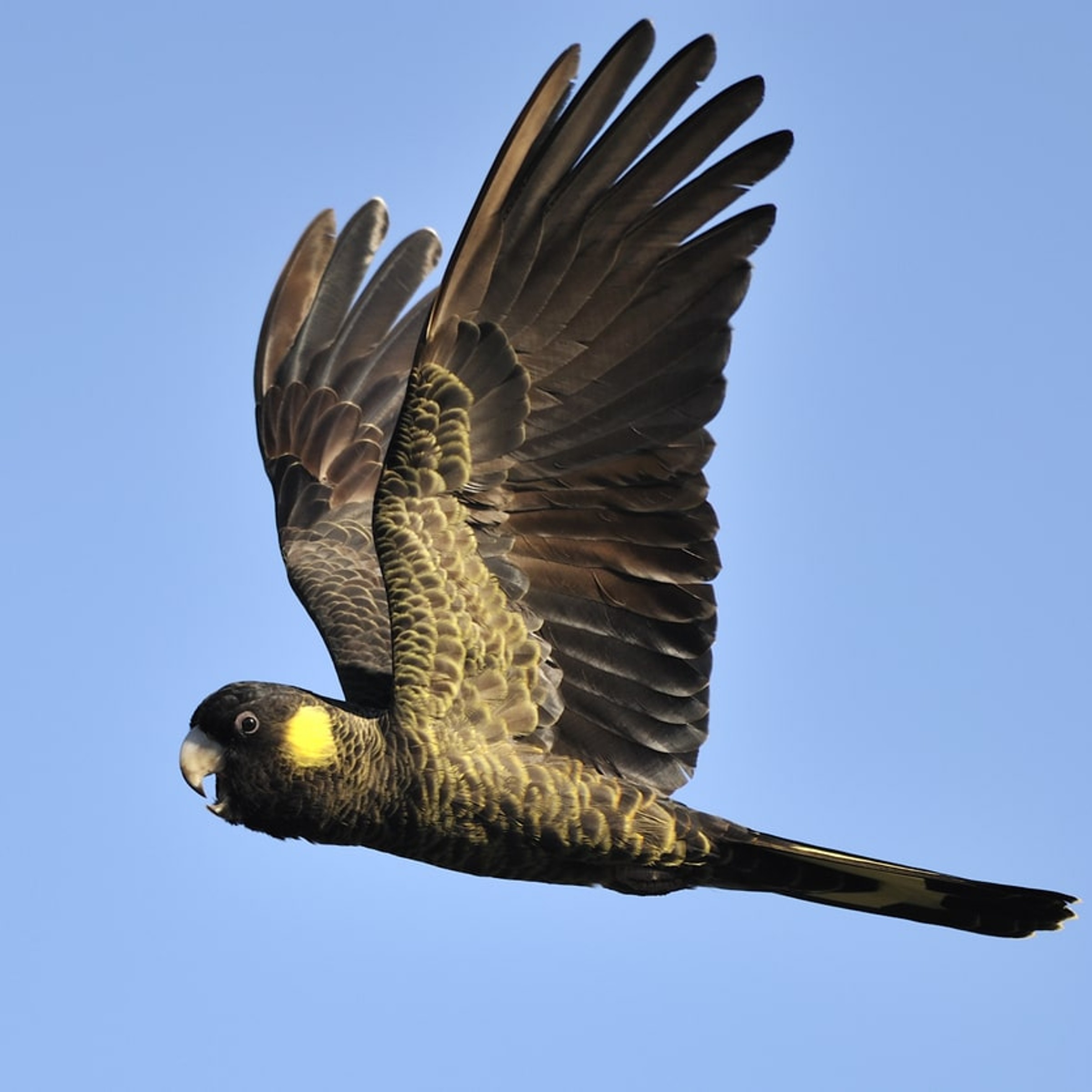
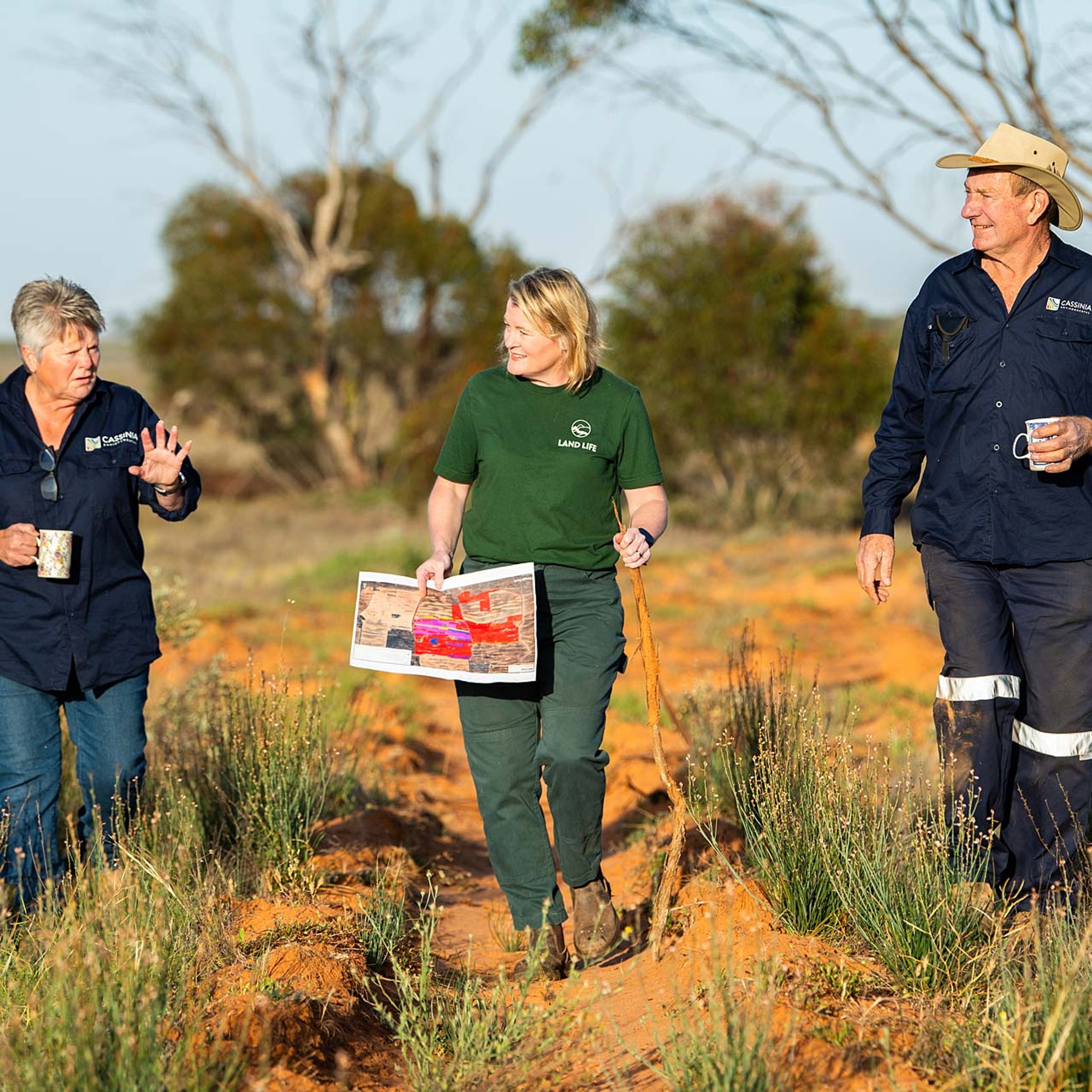
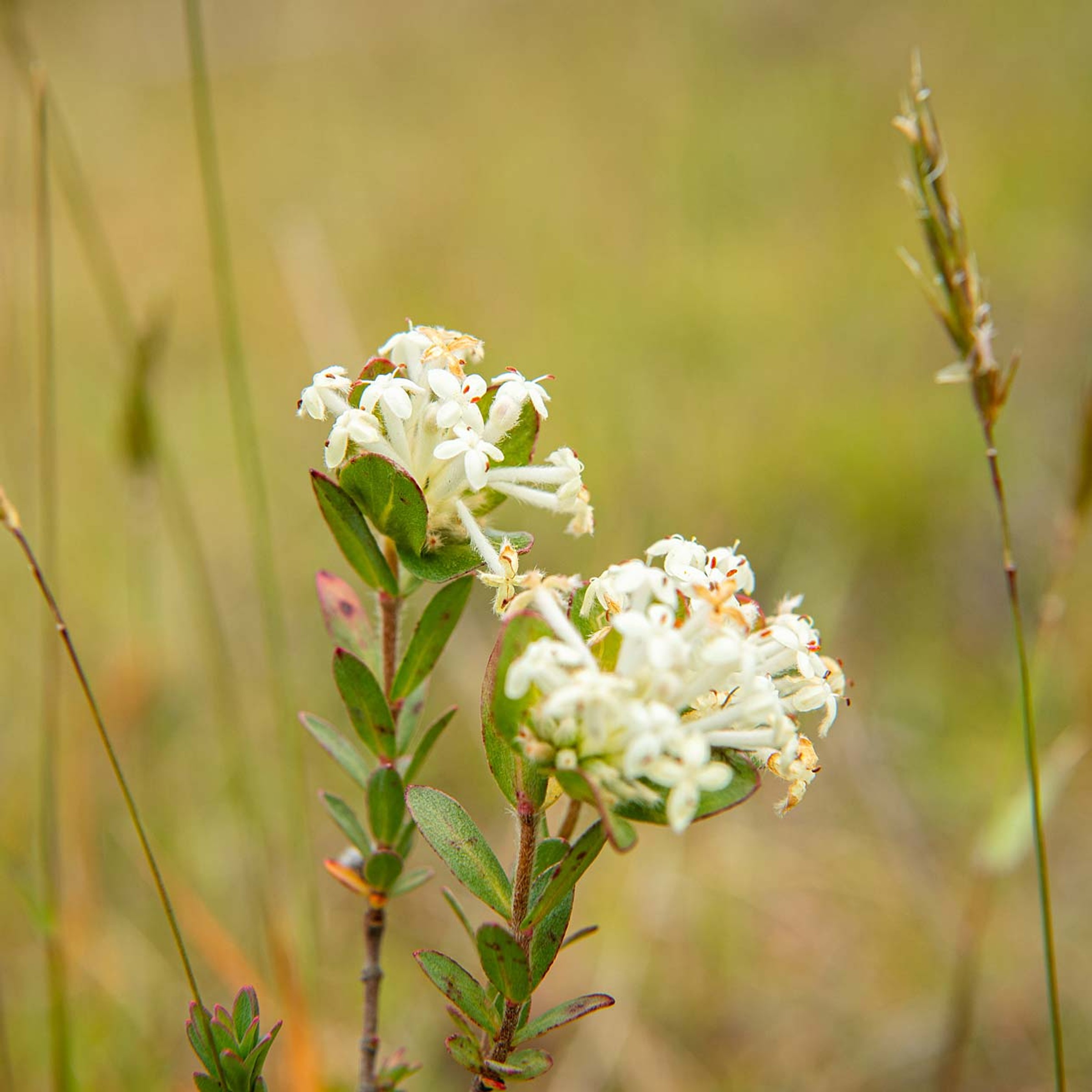
Talk to our experts
Technology-driven reforestation at scale
